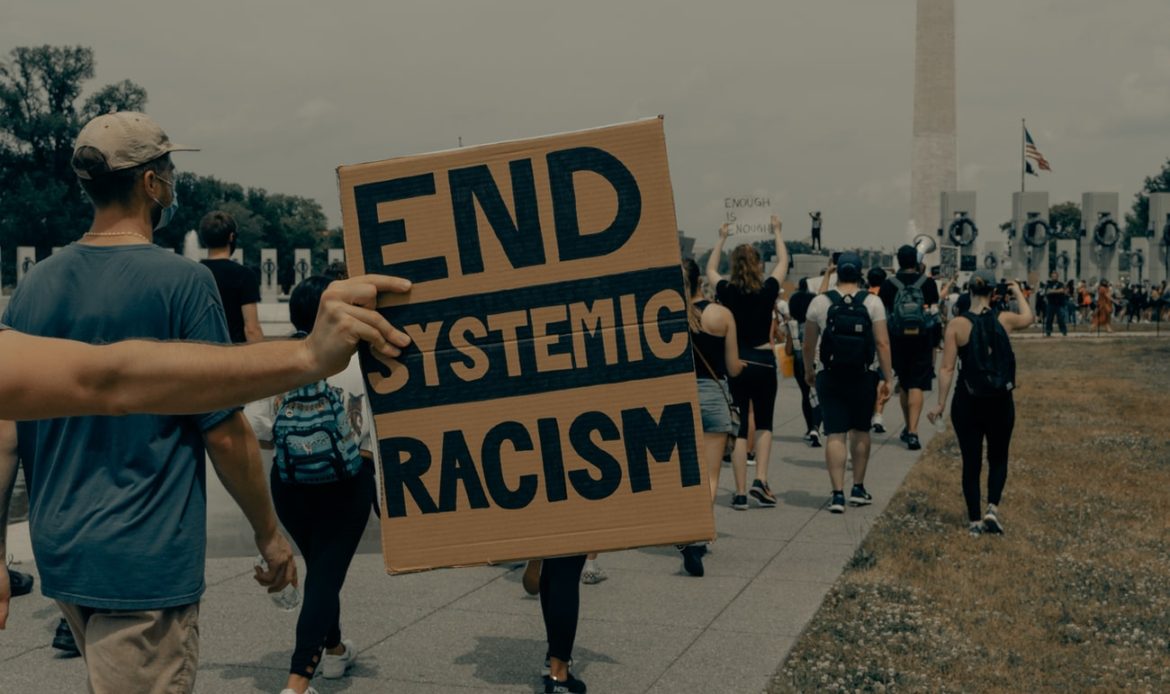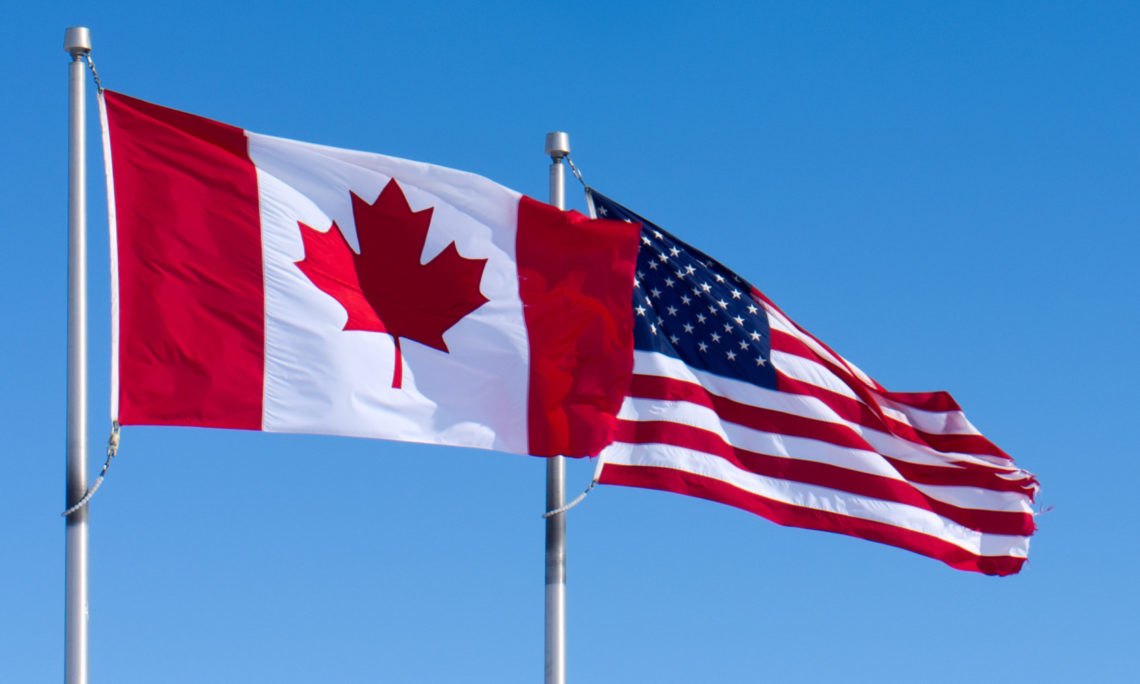Pot, Meet Kettle: Comparing Systemic Racism in Canada and the USA
In light of the recent resurgence of the Black Lives Matter movement, Ontario Premier Doug Ford made headlines when — regarding racism — he claimed, “We don’t have the systemic deep-roots they have had for years.” Premier Ford is not the only one on either side of the border to try to make these types of comparisons. However, while competition between the United States and Canada is nothing new, it is as wrong as it is inaccurate for either country to feel superior to the other when debating issues as serious as systemic racism.
The first thing to acknowledge, as Premier Ford later did, is that it is patently false to say that Canada does not have racist roots. From 1831 until 1996, the Canadian government funded residential schools. Moreover, as reported by the Canadian Museum for Human Rights (CMHR), at the turn of the twentieth century until 1947, the government put policies into place to specifically hinder and eventually ban Chinese immigration; Japanese-Canadians were banished from their coastal homes during the Second World War, with many being sent to internment camps. The CMHR also states that there are records of both Indigenous and African people being enslaved in Canada, which was only banned twenty-seven years before the American Civil War. While Canada did not have codified segregation laws, according to the CMHR, there were unwritten rules in public areas. Like the United States, Canada enacted racism as a matter of policy from before the federation well into living memory.
Statistically speaking, Canada and the United States are marked by much more similarity than difference in most, if not all, facets of systemic racism. In the United States, The Washington Post reported that Black Americans make up over 26% of the victims of police shootings, despite being only 13% of the population; Hispanic Americans make up 18% of victims when they are only 12% of the population. While police shootings in Canada are a lot less frequent, with a historic high of 40 in one year, CBC’s database shows similar trends; from 2018 to mid-2020, in cases where the race was identified, over 35% of the victims were Indigenous and around 7% were Black, despite making up 4.9% and 3.5% of the population respectively. According to the Sentencing Project, disparities in the American criminal justice system extend even further. In 2016, Black men composed 27% of American arrestees and were ¼ of all people arrested for drug crimes despite the lack of variance of drug use across race. American prosecutors are also more likely to charge people of colour with more serious crimes than their white counterparts. A 2017 Department of Justice study found that Indigenous and Black Canadians make up 23% and 9% of those admitted to federal prisons respectively; Black and visible minority offenders are also more likely to be incarcerated for crimes with a mandatory minimum sentence. Moreover, Canada’s National Inquiry into Missing and Murdered Indigenous Women and Girls found that Indigenous women are twelve times more likely to go missing or to be murdered than any other demographic group; similarly, the US Department of Justice found that Indigenous women face murder rates that are ten times the national average.
Parallel trends of systemic racism also emerge regarding access to opportunities. The Center for American Progress (CAP) found that the Black unemployment rate has been consistently two times higher than the white unemployment rate since the 1970s. In 2016, CTV cites the unemployment rate for Black Canadians as almost 2.2 times higher than that of Canadians who are not visible minorities. A Harvard study also found that resumés with “white names” are significantly more likely to get corporate interviews; a University of Toronto study in Canada found similar results. In 2018, while the CAP found that the average American white woman made 79% of the income of the average white man, Black women made only 62%, Indigenous Women 57%, and Hispanic women 54% of the white man’s income. The Canadian Women’s Foundation found that the average Canadian female earned 75% of the white man’s income in 2016, but racialized and Indigenous women earned only 67% and 65% respectively. According to Business Insider in 2018, the real median American household income was about 40% less in Black households than in white households, and the Black poverty rate was 20.7% versus 8.1% for white people. In 2015, Statistics Canada cited the average income of Black Canadians as about 30% less than those who are not visible minorities, while 23.9% of the Black population was considered low income, alongside 20% of other visible minorities and 12.2% of those who are not visible minorities. Meanwhile, according to Robyn Maynard, Black Canadian youth are disproportionately streamed into lower education tracks. In Toronto, where Black students make up 13% of the population, they are only 3% of those labelled as gifted, versus white students who take up over 50% of those spots while accounting for a third of the population. In the United States, a 2019 Cambridge study found that teachers rate their Black students’ academic abilities below their white students with the same test scores. Maynard also states that during the 2011–2012 and 2015–2016 school year, 50% of students expelled in Toronto were Black and only 10% were white. In 2014, the U.S. Department of Education Office for Civil Rights found that Black children were three times more likely to get expelled than their white peers for the same infractions.
These statistics are a sample of the issues, but they show that Canada and the United States are relatively equal in terms of systemic racism. But what does having this knowledge achieve? Are missing and murdered Indigenous women and girls on either side of the border being protected and found? Is the incidence of anti-Black police brutality in Toronto or Atlanta going down? Are women of colour everywhere now being paid at an equal wage to white men or even white women? Unequivocally, the answer is no; these comparisons do nothing to solve either country’s problems. Regarding Canadian’s fascination with American racism, McGill history professor Wendell Nii Laryea Adjete stated, in an interview with CBC: “By pointing to the plank in your neighbour’s eye, it has the effect of taking away attention from the plank in your own.”

Moreover, I have to imagine that these comparisons not only do nothing to solve problems, but they actually make citizens feel like they do not need to make the necessary changes to the national systems because they feel superior to their neighbour. I have personally seen this type of behaviour from other Canadians. In fact, Premier Ford’s original comment seems to have been made in this spirit, as it was prefaced by “Good luck to them and hopefully they can straighten out their problems, and thank God that we’re different from the United States.”
At the end of the day, behind both countries’ statistics and stories of racism are real people suffering. Having relatively fewer hate crimes means nothing when you are the one staring into the barrel. How dare anybody use these statistics to feel better about their country when even one person in it is facing discrimination based on race?
